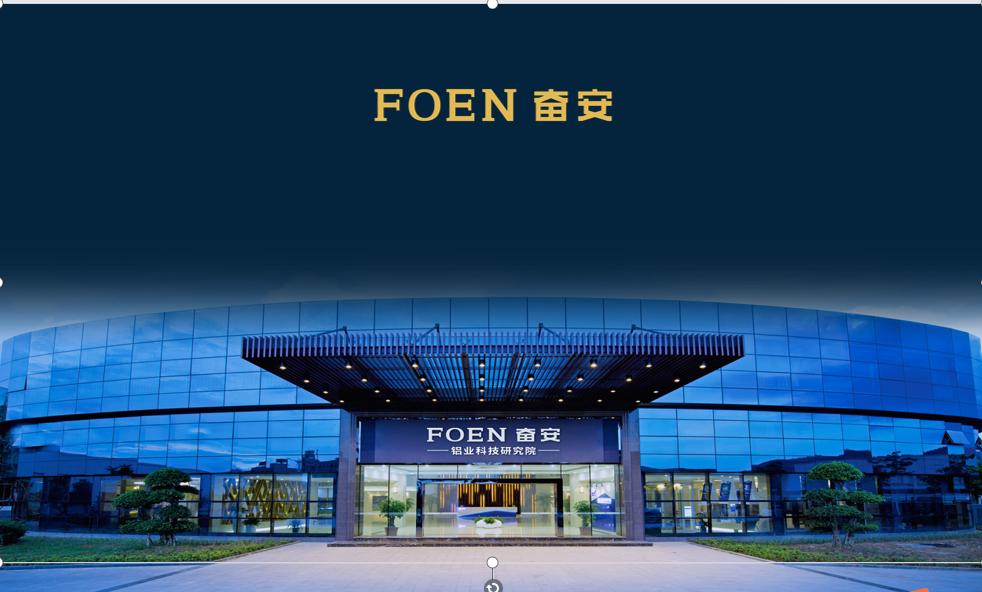Oxide conversion coating is a surface treatment method that involves the formation of a thin layer of aluminum oxide on the surface of the profile. This layer serves as a protective barrier, preventing further oxidation and corrosion. The oxide conversion coating process involves several steps, including cleaning, chemical etching, rinsing, and drying. The thickness of the oxide layer ranges from 0.1 to 0.5 μm and can be further enhanced by sealing the pores present in the coating.
On the other hand, anodizing is a surface treatment method that forms a thick layer of aluminum oxide on the surface of the profile. The anodizing process involves electrolytic oxidation of the aluminum surface, where an electric current is passed through an electrolyte solution to deposit a layer of aluminum oxide on the surface. The thickness of the anodic coating ranges from 10 to 25 μm, which is much thicker than the oxide conversion coating. The anodic coating provides better corrosion resistance and wear resistance compared to oxide conversion coating. It also serves as a good electrical insulation layer.
Another difference between oxide conversion coating and anodizing is the appearance of the coatings. Oxide conversion coating produces a dull, matte finish, while anodizing produces a glossy,finish. The appearance of anodized profiles is often more pleasing compared to oxide conversion coating, which can be an important factor in certain applications.
Oxide conversion coating is generally less expensive compared to anodizing, as the equipment required for oxide conversion coating is relatively simpler and less expensive. Additionally, oxide conversion coating is a relatively faster process compared to anodizing. However, anodizing provides better corrosion resistance and wear resistance, and also produces a more attractive appearance, which may be crucial in certain applications.
In conclusion, oxide conversion coating and anodizing are two commonly used surface treatment methods for aluminum alloy profiles. Oxide conversion coating forms a thin layer of aluminum oxide and provides basic corrosion protection, while anodizing forms a thick layer of aluminum oxide and provides better corrosion and wear resistance, as well as a more attractive appearance. The choice between the two methods depends on the specific requirements of the application, including performance requirements and cost considerations.
Fenan Aluminum Co., LTD. Is one of Top 5 aluminium extrusion companies in China. Our factories cover an area of 1.33 million square meters with annual output of over 400 thousand tons. We develop and manufacture aluminum extrusions for an extensive range of applications such as:aluminum profiles for windows and doors , aluminum solar frames、brackets and solar accessories,new energy of auto components and parts such as Anti-collision Beam、baggage rack、battery tray、battery box and vehicle frame. Nowadays, we have improved our technical teams and sales teams all over the world,to support the increasing demands from customers.

 online service
online service +86 13696864883
+86 13696864883 sales@foenalu.com
sales@foenalu.com